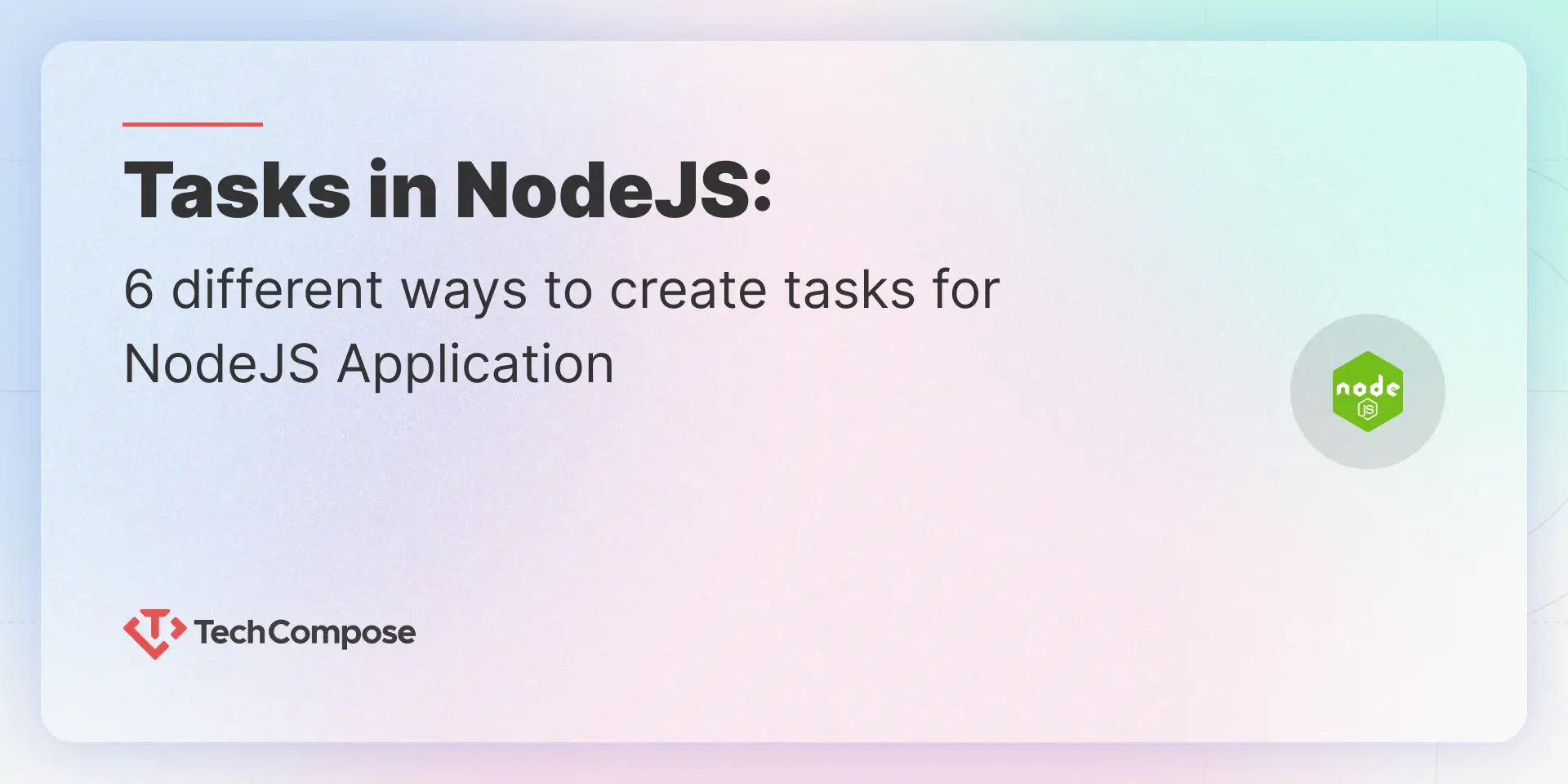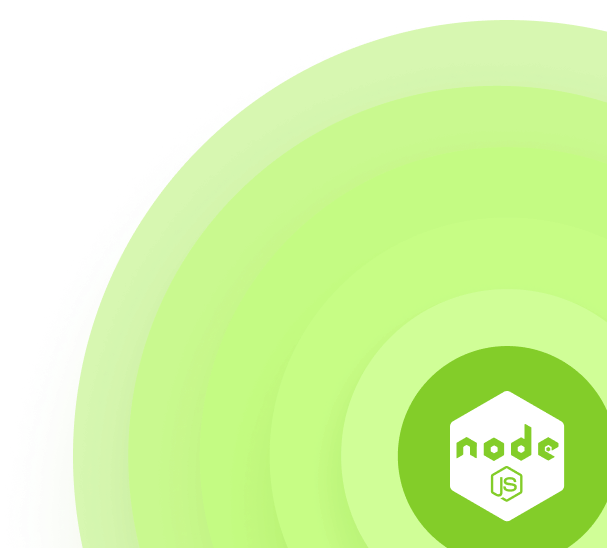
What is Rake Task?
Rake tasks are Ruby scripts that can be executed from the command line, making them ideal for performing repetitive or complex operations while integrating with Nodejs applications or workflows.
Use of Rake Tasks
- Data Migrations and Management
- Custom Tasks
- Testing and Code Quality
- Asset Management
- Deployment Tasks
- Background Jobs
How do we use Rake task like in Node
Rake is not directly available in Node.js primarily because Rake is a build tool specifically designed for Ruby, and Node.js has its own ecosystem and tools that serve similar purposes. However, there are several alternatives in the Node.js ecosystem that provide similar functionality to Rake task.
1. Using npm Scripts
The simplest way to define tasks is to use npm scripts in your package.json file.
• Setup: Add tasks to the “scripts” section.
{
"scripts": {
"seed": "node scripts/seed.js",
"migrate": "node scripts/migrate.js",
"clean": "node scripts/clean.js"
}
}
• Run Tasks:
npm run seed
npm run migrate
2. Using Task Runners
Task runners like Gulp, Grunt, or custom CLI tools can be used to define and execute tasks.
Using Gulp
1. Install Gulp:
npm install gulp --save-dev
Define tasks in a gulpfile.js:
const gulp = require('gulp');
gulp.task('seed', (done) => {
console.log('Seeding the database...');
// Add your database seed logic here
done();
});
gulp.task('default', gulp.series('seed'));
Run the task:
gulp seed
3. Custom NodeJs Scripts
Create a tasks directory or similar structure to house custom task scripts. Run these scripts using Node.js.
• Example Structure:
tasks/
├── seed.js
├── migrate.js
└── clean.js
• Example Task tasks/seed.js
(async () => {
const db = require('./db'); // Your database setup
console.log('Seeding the database...');
await db.seed();
console.log('Database seeding complete!');
process.exit();
})();
• Run Tasks:
node tasks/seed.js
4. CLI-Based Solutions
Use CLI libraries like Commander.js, Yargs, or Oclif to build a CLI tool for your tasks.
Using Commander.js
Install Commander.js:
npm install commander
Create a CLI file tasks-cli.js
const { Command } = require('commander');
const program = new Command();
program
.command('seed')
.description('Seed the database')
.action(() => {
console.log('Seeding the database...');
// Add seed logic here
});
program
.command('migrate')
.description('Run migrations')
.action(() => {
console.log('Running migrations...');
// Add migration logic here
});
program.parse(process.argv);
Run the CLI:
node tasks-cli.js seed
5. Task-Oriented Frameworks
For more complex task systems, use frameworks like Taskr or Listr to manage tasks programmatically.
Using Listr
Install Listr:
npm install listr
Create a task file tasks.js
const Listr = require('listr');
const tasks = new Listr([
{
title: 'Seeding database',
task: () => {
console.log('Seeding the database...');
// Add your logic here
},
},
{
title: 'Running migrations',
task: () => {
console.log('Running migrations...');
// Add your logic here
},
},
]);
tasks.run().catch((err) => {
console.error(err);
});
Run the tasks:
node tasks.js
6. Use External Tools
For larger-scale projects, integrate with tools like:
- PM2: For task automation and process management.
- Makefiles: Define tasks in a Makefile (works cross-language).
Summary
While there isn’t a one-to-one replacement for Rake in Node.js, but tasks through npm scripts, custom scripts, task runners, or CLI tools offer robust alternatives for task automation that can be tailored to fit your project’s needs.
If you need assistance with setting up any of these, please let us know!

